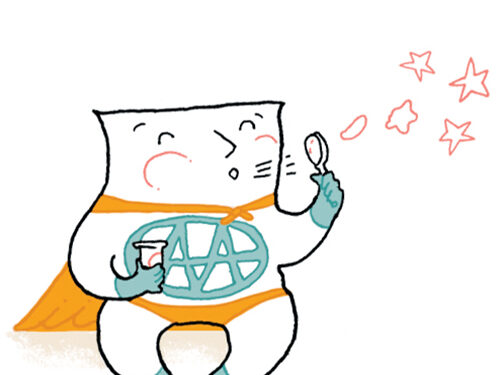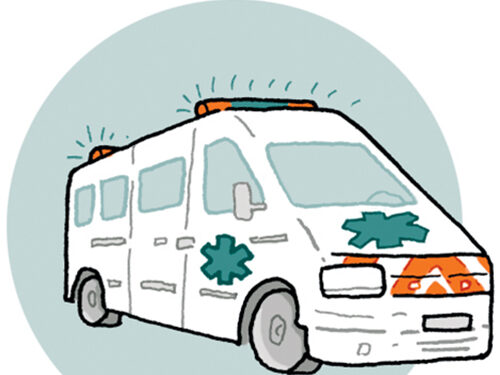Your dietary plan
Principle of the regime
It is the same as in other hereditary protein catabolism diseases and you need to learn and understand it in order to understand it better. (See your treatment guide). There are some special features:
- Prohibited foods remain prohibited because they are too rich in protein;
- The controlled foods are represented by infant milk, (certain dairy products, depending on the child’s tolerance and above all his age), vegetables and fruit and are quantified using a system of equivalence chosen by the dietetic team, for example in valine or protein equivalence, knowing that 1 part of valine represents 25mg of valine (and 1 part of protein represents 1 or 2g of vegetable protein, depending on the care centre).

In infancy, most of the natural protein intake (individually tested tolerance) will be given in the form of infant milk, especially if enteral feeding is required.
- It is preferable to use a low protein infant formula as the daily protein tolerance is usually low, with the remainder given as small meals of vegetables and fruit, due to the child’s poor appetite. Low protein foods are allowed ad libitum (but often only in small amounts due to low appetite). To obtain sufficient energy, the diet will often be supplemented with maltodextrin and oil (or already reconstituted carbohydrate-lipid products), possibly added to the enteral nutrition.
- The general balance of the diet will thus be preserved and the intake of the various nutrientsA nutrient is a substance provided by food that ensures the development and maintenance of the body. Proteins, carbohydrates, fats, vitamins, minerals and trace elements are nutrients., both energetic and non-energetic (mineralsA mineral is an inorganic substance present in the human body.
Whether naturally formed or not, the mineral is defined by its chemical composition and the arrangement of its atoms. The term mineral is used when the body of a man weighing 70 kg contains more than 5 g of the element. The main minerals are: calcium, sodium, magnesium, phosphorus, and potassium., vitamins, trace elements) will correspond to the needs for your child’s age. - Your child may be prescribed amino acidAmino acids are molecules that combine to form proteins. 20 amino acids make up the proteins of the human body. Of these, 8 are essential (our body cannot synthesise them, they must be supplied by the diet): isoleucine, leucine, lysine, methionine, phenylalanine, threonine, tryptophan, valine.
Arginine and histidine are semi-indispensable. In fact, only infants need to take them from their food.
Cysteine, glycine and tyrosine may be indispensable for certain populations mixes without Valine, Isoleucine, Methionine and Threonine but this is not systematic and depends on the age and biological results. - Continuous flow enteral nutrition, via nutripump, is often required and is usually managed by the parents at home.
The insertion of a gastric tube is a procedure that may seem aggressive, especially for parents, even if you understand that it is essential. You will be helped by the nurses on the ward before the first outing, and then, if you wish, by nurses at home. It is important that you can quickly become autonomous.
In some cases, a gastrostomy may be offered.
A service provider will supply you with a nutripump (and the “consumable” material: tubing, catheters, feeding bags, syringes, etc.) according to a prescription drawn up by the referring doctor. He will come and install it in your home and check that it is working properly, with you. Do not hesitate to ask for help! He is always in contact with the care team if there is any difficulty. The provider will also have a prescription for dietary treatments and medication and will provide you with some common nutrientsA nutrient is a substance provided by food that ensures the development and maintenance of the body. Proteins, carbohydrates, fats, vitamins, minerals and trace elements are nutrients.. These nutrientsA nutrient is a substance provided by food that ensures the development and maintenance of the body. Proteins, carbohydrates, fats, vitamins, minerals and trace elements are nutrients. (and consumables) will be provided for 28 days + a special stock for emergencies, which will be checked at each delivery.

Monitoring
This treatment is restrictive and can sometimes seem difficult. From a medical point of view: regular metabolic control and good monitoring can help prevent complications. This monitoring will be done during the “cruising period” by:
- The clinic: weight, height, head circumference but also of course by the clinical aspect, in very regular consultations (and in annual hospitalisation, or day hospital, for more complete assessments);
- Urine tests to ensure a good metabolic balance;
- Readjustment of your child’s diet according to the results of the urine tests.
In addition, readjustment of your child’s diet can be made for any change in eating behaviour, or for any change in appetite. Do not hesitate to contact the referring doctor or dietician to keep them informed so that they can guide you, or for any questions you may have.
When there is a risk of the disease becoming unbalanced (for example, when your child has a fever), there are several reflex actions to take:
- Be able to describe the clinical signs (fatigue with dark eyes, apathy, digestive signs: nausea, vomiting, anorexia ++, neurological signs: imprecision of gestures, tremors, uncertain gait)
- Perform an acetest: the acetest detects the presence of ketone bodies in the urine and is an instant marker of catabolism (it is done with a tablet or a strip soaked in recent urine). The acetest is positive +, ++ or +++ depending on the colour comparison with the standard range.
At the request of the referring physician, know how to collect 24-hour urine samples for urinary metaboliteA metabolite is a transformation product resulting from a metabolic reaction. analysis. It is important that this collection is done correctly in order to be able to interpret the results. 24 hours of urine must be collected in a container kept in the refrigerator, then sent to the laboratory of your care centre (kept in ice). This analysis takes much longer and can only be carried out in the specialised laboratory of the health centre.
- ADAPTING THE DIET: An emergency and/or semi-emergency diet will be given to you and explained by the nursing team. The conditions under which this diet should be started will also be explained to you. The purpose of this diet is to prevent an imminent metabolic decompensation in case of a risky situation. Some health care teams ask that the diet be adapted with their agreement, and therefore after contacting them.
If you are worried, or if your child is not in his or her usual state, especially if he or she has digestive problems, contact your child’s health care centre to find out what to do, and do not hesitate to have him or her HOSPITALIZED; it is important that hospitalization is not too late.
For a newborn baby
The number of bottles and their volume will be adapted according to the child’s appetite and needs, and by modulating the composition of the night-time enteral nutrition. In this way, like any other child, he will have all the nutritional requirements to allow him to grow and develop normally.
For a small child
The diversification of the diet will often be slightly delayed compared to that of other children insofar as the acute period is over, a “recovery” period will be necessary. Nevertheless, you can introduce fruit and vegetables in the quantities prescribed by the doctor and the dietician and corresponding to your child’s tolerance, and expressed as shares of Valine or shares of Protein. If your child has a small appetite or is slow to eat, do not be alarmed and be patient.
Don’t force it! If the proposed volumes seem too high, talk to the doctor or dietician, they may be able to distribute his daily diet differently. But it is important that you offer him meals every day at regular times, even if he eats very little. Also, as with any child, try different textures: small pieces of raw fruit or raw vegetables, to educate him.
Vary the choices in tastes, colours and presentations (even for very simple dishes, e.g. mashed potatoes in different shapes). Do not offer “forbidden” foods, even in small quantities, on the pretext that it will “please” him! The difficulties of complying with the diet will only be greater afterwards.
If you go shopping with him, let him choose the fruit and vegetables, naming them and guiding him through the variety.
Involve him in the kitchen as soon as he can, in a playful way: this can encourage him to want to “taste” and stimulate his appetite.
Do not exclude them from any party! He can share with other children as long as he is guided in his choices. He will learn little by little what he can eat to stay healthy.
EDUCATE your close circle! It’s important that he can go for an afternoon with his grandparents or cousins.
Enteral nutrition :
Putting in the nasogastric tube every evening is sometimes difficult; get him involved, he will take responsibility for his treatment, and it may be that, at a very young age, he will ask to put in the tube “on his own”. Enteral nutrition may require the insertion of a gastrostomy tube, to replace the nasogastric tube; this possibility of management will be presented to you by your referring doctor.





